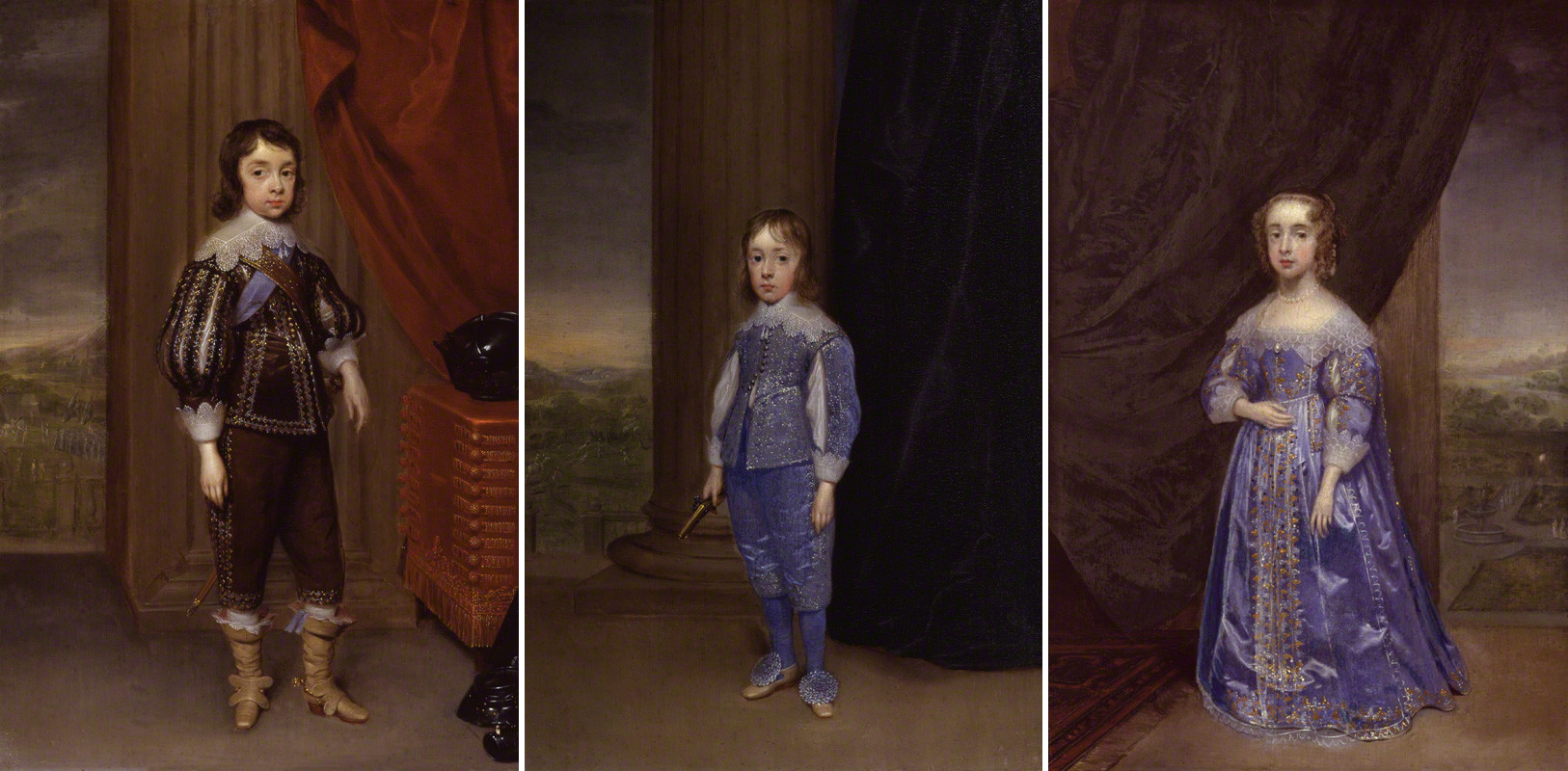
LONDON – The first ever display of works by the 17th-century artist Cornelius Johnson, forgotten court painter to Charles I, will open at the National Portrait Gallery on April 15, 2015. “Cornelius Johnson: Charles I’s Forgotten Painter” (April 15 – September 13, 2015) will include four rarely seen portraits of royal children, all from the National Portrait Gallery’s Collection, to tell the story of one of Britain’s most successful and prolific artists.
The portraits of Charles I’s three royal children the future Charles II, the future James II, and Mary, later Princess of Orange-Nassau and are poignant reminders of their tumultuous lives (partly spent in exile), while the fourth, of Mary’s son William, was painted when the boy’s position was in jeopardy. Largely neglected by both British and Dutch art historians, Johnson had the bad luck to be overshadowed as a court painter by Sir Anthony van Dyck (1599–1641), who settled in London in 1632 to work for Charles I, and then to have his own British career curtailed by the British Civil Wars.
Having been trained in the Netherlands, and having painted Charles I and the elite of the period, many of whom were soon to be engulfed in the Civil Wars, Johnson was a chronicler of a doomed generation, on the edge of war. At the age of 50, after civil war had broken out, Johnson emigrated to the Netherlands, where he re-invented himself as a Dutch portraitist, and succeeded against the odds in the tough Dutch art market, dying there a prosperous man.
Johnson is particularly admired for his skillful rendering of his sitters’ rich lace collars and sumptuous textiles and dress. He seems frequently to have been commissioned to paint children. He is also thought to be the first English-born artist to sign and date his paintings as a matter of course, something he probably learned from his training in the Netherlands.
Johnson worked in every scale, from the group-portrait (including his largest surviving English painting, The Capel Family, in the Collection of the National Portrait Gallery and also included in the new display) to the tiny miniature.
The Gallery’s display will contain eight painted portraits and six prints, from the National Portrait Gallery’s primary and archive collections, most of them rarely seen, and three paintings from Tate which have never been previously displayed together.
This will be the first show ever on this artist’s work and it will be accompanied by a publication, Cornelius Johnson, which will be the first book solely focused on Johnson and contains much new research on his life and career.
Karen Hearn, the curator of “Cornelius Johnson: Charles I’s Forgotten Painter,” says: “Cornelius Johnson’s portraits are not grand Baroque constructs. On the contrary, they have a delicacy, a dignity and a humanity that speak directly to present-day viewers. Although he has been for so long in the shadows of art history, it seems that, with the Gallery’s display and the accompanying publication, at last Cornelius Johnson’s time has come.”
Learn more about the exhibition online at npg.org.uk.
# # #

